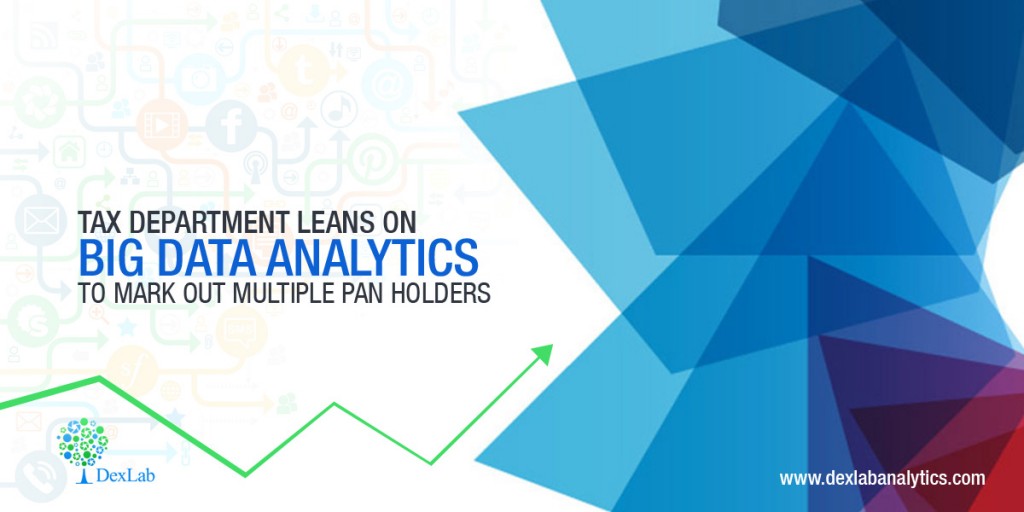To plug tax loopholes, the income tax (IT) department will use Big Data analytics to track tax evaders by collecting financial information about them, such as – common address, mobile number and e-mail to establish relationships between their multiple PANs. The department with support from various private firms will analyse the voluminous big data available post-demonetisation for checking transactional relationships between PAN holders.
- The Managed Service Provider (MSP), which the IT department plans to hire, will design and operate analytical solutions that will in turn help in collating data, matching it and identifying relationships as well as clustering of the PAN and non-PAN data, an official said.
- The analytical solutions would help the department gather data from banks, post offices and other sources for linking of information and identification of duplicate details. It will also identify records with errors or other defects for resubmission.
A tax official stated on this, “The data quality errors and defects will be communicated to the reporting person or entities, say, banks or post offices for correction and improving data quality”.
The data integration and matching of the PAN based demonetisation information with that of IT databases such as tax returns, TDS, third-party reporting, tax payments, would be used to build a comprehensive profile for the taxpayer. It will help identify links between PAN-holders based on relationships (business association, asset and transactional association) available in various databases, the official said, adding that the analytics will do clustering of PAN-linked demonetised data using identified relationships as well as common address, mobile number, e-mail and bank branch.
Also, it will cluster non-PAN based demonetised data using common name, address, mobile number, e-mail and bank branch. Taxpayer segmentation based on taxpayers’ status, type of ITR form used, nature of business, taxpayer segment, age of the individual and compliance history will have to be prepared. It will prioritise demonetisation data based on taxpayer segment, relationships, clusters, rules and risk matrix.
- “Different types of interventions (send e-mail, SMS, outbound call, letter, notice, verification, and investigation) can be selected for taxpayer priority and segment,” the official added.
Big Data Hadoop training in Gurgaon, from industry-based domain experts can help bring about a good change in the industry.
Interested in a career in Data Analyst?
To learn more about Machine Learning Using Python and Spark – click here.
To learn more about Data Analyst with Advanced excel course – click here.
To learn more about Data Analyst with SAS Course – click here.
To learn more about Data Analyst with R Course – click here.
To learn more about Big Data Course – click here.
Big Data, Big Data Analytics, Big data certification, Big data certification pune, Big data courses, big data hadoop, Big data training, business analytics
